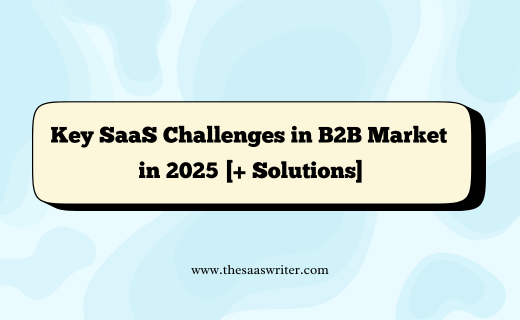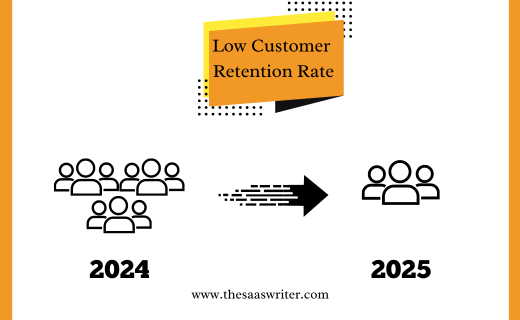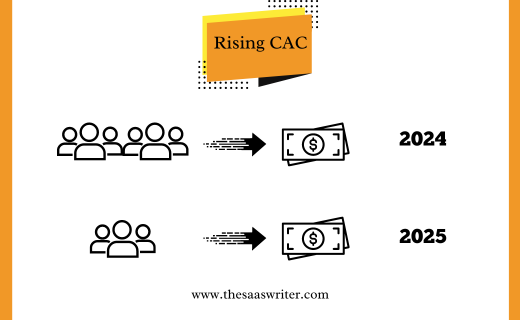
Founder and CEO of SaaS Writer

October 06, 2024

October 06, 2024

It doesn’t matter how well-established your company is or how good of a marketer you become, there will always be gaps in your marketing and sales strategy. While no solution can solve these issues instantly, one approach can surely level up your SaaS game - Content Marketing.
A well-executed content strategy can improve your customer acquisition, enhance retention, and establish you as an authority in the market. You will be able to naturally nudge your audience to take action, help them relate to you on a personal level, and reduce your business’s churn-out rate.
In today’s blog post, we offer more than just another piece of content on the internet. This powerful comprehensive guide is designed specifically for CEOs and founders, to tackle these B2B SaaS problems from low retention rates and high churn to building a high-performing team and supporting longer sales cycles. Here are some challenges (+ practical solutions) that we’ll discuss about

Keeping your existing customers is just as important as onboarding new ones. In fact, attracting new customers costs 5x more than keeping the existing ones. In 2025, one of the key SaaS challenges in the B2B market will be customer retention. With the increasing competition, your audience will have more options than ever. If they’re dissatisfied with your product, they won't hesitate to switch to a competitor.

As the SaaS market challenges continue to grow, the competition will drive up the price of ads and other marketing efforts. To stand out in 2025, you will have to invest more in personalized and data-driven campaigns which increases the total cost of acquiring a customer. Additionally, you’ll face difficulty finding high-quality leads due to market saturation.

As the industry grows, the demand for skilled SaaS professionals rises. Gone are the days when talents used to work for money. Now, most talents search for a job that helps them develop professionally. Unfortunately, it’s resulting in a talent shortage which can hinder a company’s ability to grow steadily, posing significant SaaS challenges B2B.

With so many companies offering similar products, scaling your business can feel like a crowded race to stand out. There’s also tough competition for hiring the best talent, complicated rules and regulations, and new technology popping up all the time. Companies will need to handle challenges like finding the right team, avoiding mistakes when growing too fast, and keeping customer data safe. These are all part of the SaaS challenges B2B that you might face in 2025.

As the competition increases in the market and people’s expectations get higher, you need to ensure that your product doesn’t just work well but also attracts well. Obviously, without a proper strategy in place, this isn’t possible. When internal resources are stretched thin, allocating the necessary time, talent, and budget for research and development becomes tough. This is a serious B2B SaaS problem that many companies will face in 2025.
Rising customer acquisition costs, difficulty retaining customers, scaling issues, and limited internal resources - are some of the most common challenges that the B2B SaaS industry will face in 2025. Factors such as market saturation, competition, and regulatory hurdles complicate scaling along with high churn rates and poor talent retention can hinder the growth of your organization.
To cover these B2B SaaS issues, companies should start creating strategies that revolve around refining marketing, improving pricing, focusing on customer satisfaction, and adopting scalable infrastructure. Additionally, automation, better resource allocation, and investment in employee training can help you manage internal limitations while ensuring that you stay ahead of the competition.
Submitting...